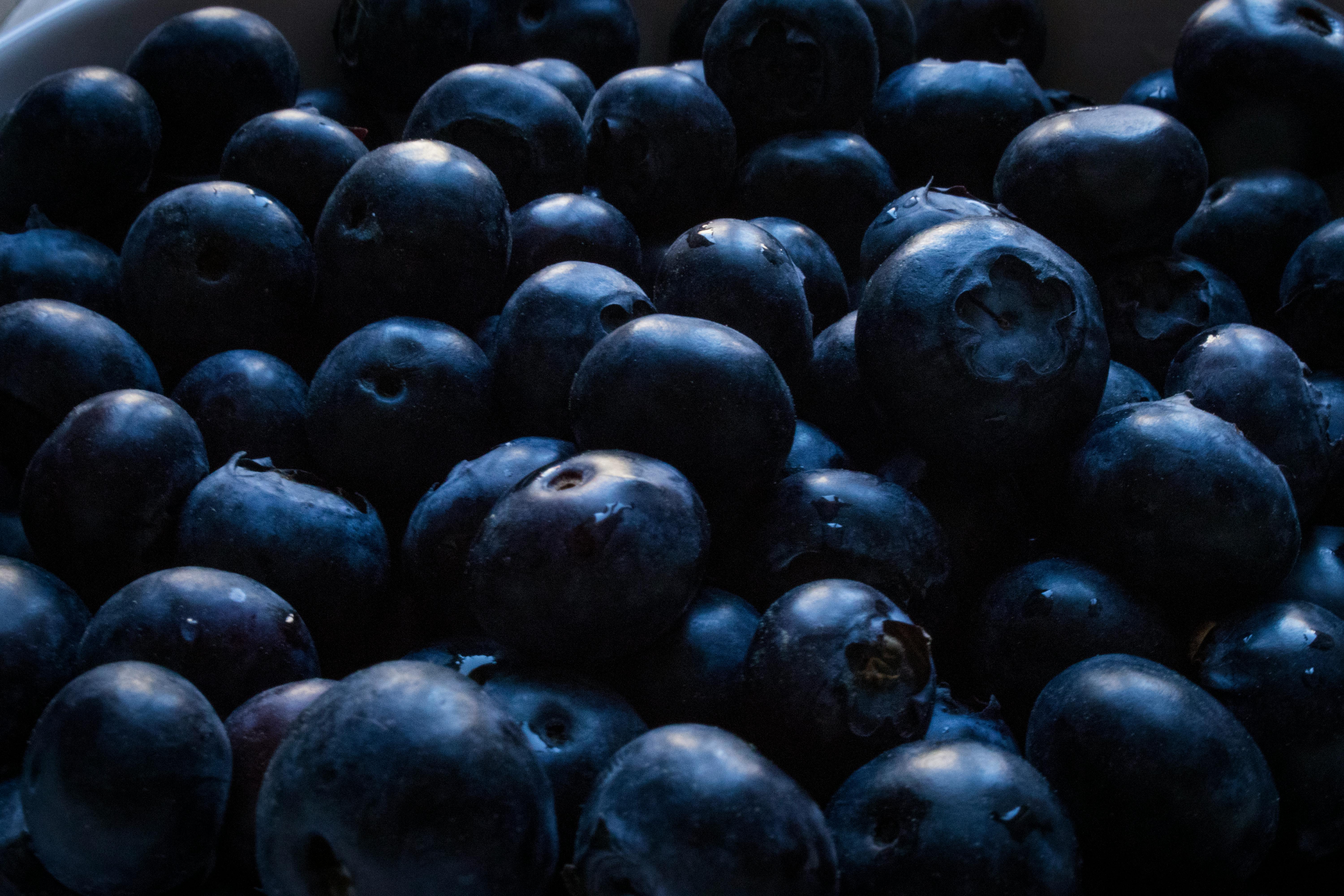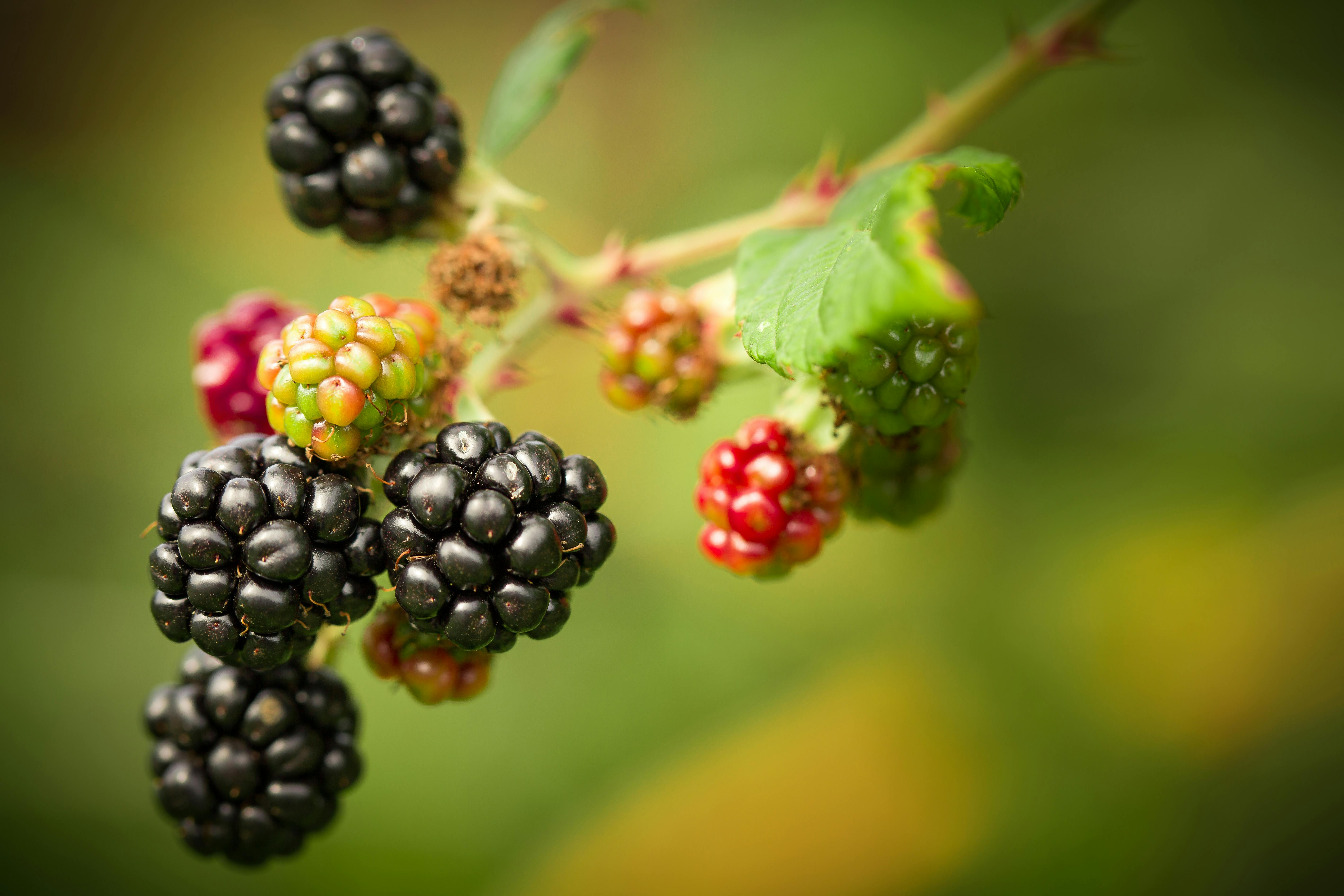Blueberries are a delicious and nutritious summer treat, and growing them in Wisconsin is possible with some careful planning and effort. With the right knowledge, blueberries can be grown in Wisconsin with a high rate of success. In this guide, we will discuss the best methods for successfully growing blueberries in Wisconsin’s unique climate. We will discuss soil preparation, planting techniques, watering needs, and much more. With the right information and proper care, you can enjoy a bountiful harvest of fresh blueberries every summer.When choosing the right location for growing blueberries in Wisconsin, you should consider a few key factors. First, make sure the soil is acidic, with a pH between 4.5 and 5.5, as this is most conducive to blueberry growth. Additionally, you should select a spot that has well-draining soil and good air circulation so that the plants are not prone to disease or rot. Blueberries require full sun, so you should pick a site that gets at least six hours of direct sunlight per day. Finally, remember to provide plenty of space between plants—at least five feet—so that each bush has room to grow and spread out its roots.
Understanding the Climate Requirements for Growing Blueberries in Wisconsin
Growers in Wisconsin need to understand the climate requirements for growing blueberries if they are to be successful in harvesting a crop. The climate in Wisconsin is generally cool and moist, which can be ideal for blueberry production. However, the amount of sunlight and temperature needed for optimal blueberry growth varies depending on the variety of blueberry being grown. It is important to understand these requirements so that you can select the right variety and manage your crop accordingly.
Blueberries require a minimum of 6 hours of direct sunlight each day, with 8-10 hours being optimal. They also need temperatures that range from 50-70 degrees Fahrenheit during the growing season, with warmer temperatures needed during flowering and fruit development. In addition, blueberries need adequate soil moisture throughout the growing season. If you are unable to provide these conditions, you may need to supplement them with irrigation or protective coverings during extreme weather conditions.
It is important to note that different varieties of blueberries require different amounts of sunlight and temperature conditions. For example, early-season varieties such as ‘Northblue’ and ‘Duke’ require cooler conditions than later-season varieties such as ‘Bluecrop’ and ‘Jersey’. Understanding these differences can help you select the right variety for your particular climate so that you get a successful harvest.
In addition to understanding the climate requirements for growing blueberries in Wisconsin, growers must also consider other factors such as soil type, pH level, fertility levels, and weed control methods when selecting a site for their crop. By taking all of these factors into consideration, growers can ensure that their plants have the best chance at success. With proper care and management, growers can enjoy a bountiful harvest of delicious blueberries year after year!
Preparing the Soil Before Planting Blueberries in Wisconsin
Growing blueberries in Wisconsin is a rewarding experience. There are a few steps to follow to ensure a successful harvest. One of these steps is preparing the soil before planting the blueberry bushes. This is an important step as it will help to ensure that the plants have access to all of the essential nutrients they need for healthy growth and abundant fruit production.
The first step is to test the soil pH. Blueberries prefer a soil pH between 4.5 and 5.5, so it’s important to make sure the soil is within this range before planting. If necessary, you can adjust the pH with sulfur or lime depending on your results.
The second step is to add organic matter such as compost or aged manure to improve drainage and aeration of the soil, as well as adding vital nutrients that will help promote healthy growth and abundant harvests of tasty blueberries. The amount of compost or aged manure you should add will depend on your soil type, but generally speaking, you should aim for a 3-4 inch layer over the entire area where you plan to plant your blueberry bushes.
Finally, it’s important to make sure that your blueberry plants have adequate drainage by adding compost or aged manure around each bush as well as ensuring that there are no standing pools of water near them after heavy rains or watering sessions. This will help prevent root rot and other issues caused by overly wet soils.
By taking these steps before planting blueberries in Wisconsin, you can be sure that you’ll get a great harvest! Happy planting!
Selecting and Planting Blueberry Varieties Suitable for Wisconsin Conditions
When selecting and planting blueberry varieties suitable for Wisconsin conditions, it is important to consider soil type, climate, and disease resistance. It is also important to select varieties that are adapted to the region and will produce good yields. The University of Wisconsin Extension recommends a handful of blueberry varieties that have been tested in the state and are known to perform well in Wisconsin’s climate. These varieties include Berkeley, Bluecrop, Blueray, Duke, Elliott, Jersey, Patriot, Spartan, Toro, Top Hat, and Weymouth.
Soil type is an important factor when selecting a variety of blueberries for planting in Wisconsin. Blueberries require acidic soil with a pH between 4.5 and 5.5; soil testing should be done prior to planting to determine the soil’s pH level. Once the soil has been tested and the pH determined, compost or elemental sulfur can be added as needed to adjust the pH level so that it is suitable for growing blueberries.
Wisconsin has a varied climate throughout the state; from cold winters in northern regions to milder winters in southern areas closer to Lake Michigan. When choosing a variety of blueberry that is suitable for Wisconsin conditions it’s important to consider both winter hardiness as well as drought tolerance; varieties like Patriot and Bluecrop are known to perform well in areas with short growing seasons or areas with cold winters.
Finally disease resistance should be considered when selecting a variety of blueberries suitable for Wisconsin conditions; varieties such as Duke , Elliott , Jersey , Patriot , Spartan , Toro , Top Hat , Weymouth have been tested for disease resistance in Wisconsin’s climate and are known to perform well .
In conclusion when selecting an appropriate variety of blueberries suitable for Wisconsin conditions it’s important to consider soil type , climate , winter hardiness , drought tolerance as well as disease resistance . The University of Wisconsin Extension recommends several varieties which have been tested in the state which offer good yields .
Watering and Fertilizing Blueberry Plants in Wisconsin
Growing blueberry plants in Wisconsin requires proper watering and fertilizing. Without adequate water and nutrients, the plants cannot grow to their fullest potential. For optimal growth, blueberry plants should be watered twice a week during the growing season. It is also important to make sure that the soil is not overly saturated with water. Too much water can cause root rot and other problems.
In addition to regular watering, blueberry plants need to be fertilized in order to maintain healthy growth. An acidic fertilizer should be applied once a month during the growing season. A slow-release fertilizer such as ammonium sulfate or iron sulfate can also be used for best results. When applying fertilizer, make sure that it is evenly spread and not concentrated in one area of the plant.
Blueberry plants need plenty of sunlight in order to thrive in Wisconsin’s climate. During the summer months, when temperatures are hottest, they should be given at least 6 hours of direct sunlight each day for optimal growth. To ensure that your plants receive enough sunshine, position them in an area with plenty of open space around them so that they are not blocked by trees or other objects that may reduce their access to light.
By following these tips for watering and fertilizing blueberry plants in Wisconsin, you can ensure that your plants will grow and thrive for years to come!

Controlling Pests and Diseases to Protect Blueberry Plants in Wisconsin
Wisconsin’s climate is perfect for growing blueberries, but pests and diseases can cause serious damage to blueberry plants. To protect your blueberry plants from pests and diseases, it is important to recognize the signs of infestation and take steps to control them. Understanding the different types of pests and diseases that can affect blueberry plants will help you take the necessary steps to protect your plants.
Common pests that feed on blueberry plants include aphids, fruit flies, Japanese beetles, caterpillars, and leafhoppers. These pests can feed on the leaves or fruits of the plant, causing damage or reducing yields. To protect your plants from these pests, use insecticides or plant-based treatments such as neem oil or pyrethrin-based products. Make sure to follow label instructions when using any product on your blueberry plants.
Various fungal diseases can also affect blueberry plants in Wisconsin. These include anthracnose, powdery mildew, and botrytis blight. Early detection is key when dealing with fungal diseases as they can spread quickly if not controlled properly. Fungicides are an effective way to control fungal diseases but may need to be applied multiple times throughout the season for best results. Proper pruning and sanitation practices are also important for controlling fungus as it can spread rapidly through infected plant material.
Finally, proper watering practices are essential for keeping blueberry plants healthy in Wisconsin’s climate. Blueberries prefer moist soil but not overly wet soil as this can cause root rot which is a common problem in wet climates like Wisconsin’s. Water early in the morning so that the foliage has time to dry which will help reduce disease problems such as powdery mildew or botrytis blight which thrive in wet conditions.
By taking these steps you can help protect your blueberry plants from common pests and diseases while ensuring healthy yields each season!
Pruning and Training Blueberry Bushes in Wisconsin
Pruning and training blueberry bushes in Wisconsin is an important part of maintaining healthy and productive plants. Pruning helps to control the size of the plant, increase air circulation and light penetration, promote more flowers and fruit, and reduce disease. Pruning should be done right after harvesting in late summer or early fall.
When pruning blueberry bushes, it’s important to remove any dead or diseased branches as well as any that are too crowded or growing in an awkward direction. The main goal is to open up the center of the bush so that light can penetrate. It’s also a good idea to thin out some of the older woody growth to encourage new shoots.
Training blueberry bushes is also an important part of their care. When training a blueberry bush, it’s important to provide some sort of support structure so that branches don’t become too heavy or droop down too far due to their weight. This can be done with stakes or trellises, depending on the size of the bush. It’s also important to prune off any shoots that grow outside of the desired shape for a neat appearance.
In addition to pruning and training, fertilizing is also necessary for healthy blueberry bushes in Wisconsin. Fertilizing should be done at least twice a year – once in late winter/early spring and again after harvest in late summer/early fall – using a fertilizer specifically designed for blueberries. This helps promote vigorous growth and increase yields.
By following these guidelines for pruning, training, and fertilizing your blueberry bushes, you can ensure that they will remain healthy and productive for many years to come!
Harvesting Blueberries
Blueberries are a delicious and nutritious fruit that can be harvested in the summer months in Wisconsin. To harvest blueberries, start by picking the ripest berries off the bush. Make sure that you only pick those that are fully ripe and have a deep indigo color. After picking, place the berries into a bucket or other container to transport them back to your home. It is important to keep the blueberries cool during transport, as this will help them stay fresh for longer. Once you have harvested your blueberries, you can begin preparing them for storage.
Storing Freshly Picked Blueberries
To store freshly picked blueberries, first wash them in cold water and then spread them out on a dry paper towel. Allow the berries to air dry for an hour or two before placing them in an airtight container or ziplock bag for storage. If not using immediately, store the blueberries in a refrigerator for up to one week or freeze them for up to three months. When freezing blueberries, it is best to spread them on a baking sheet first and then place them into freezer bags or containers once frozen solid. This will help ensure that they freeze individually instead of clumping together in one big block of ice. Enjoy your freshly picked Wisconsin blueberries!

Conclusion
Growing blueberries in Wisconsin requires the right soil, climate, and care. With a good understanding of the plant’s needs and careful attention to its health, blueberry plants can thrive in the state for many years. Watering deeply and regularly, fertilizing according to specific needs, and pruning the plant regularly will help ensure that your blueberry harvest is bountiful. Blueberries are an excellent addition to any backyard garden in Wisconsin because of their hardiness and ease of growth.
With proper care and maintenance, you can enjoy fresh blueberries from your own backyard for many years to come!



